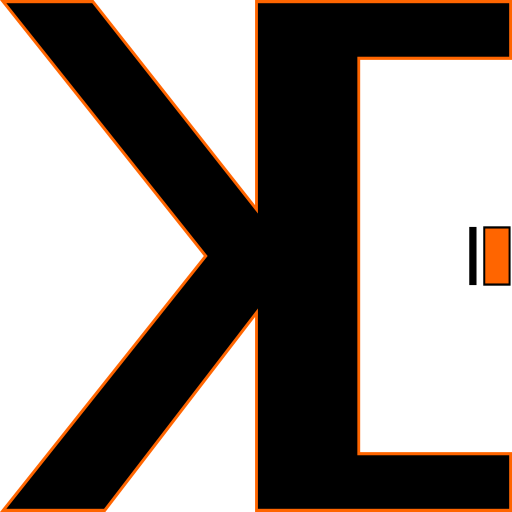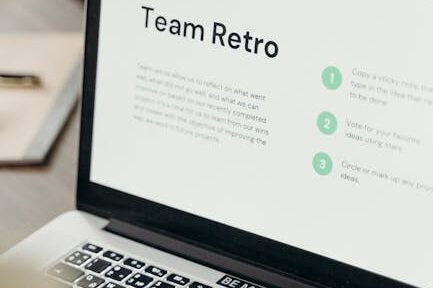Welcome Message for New Employees: How to Make a Memorable First Impression
Starting a new role is exciting—and often nerve‑wracking. A thoughtful welcome message for new employees sets the tone for the relationship ahead, reduces first‑day anxiety, and plays a measurable role in retention and engagement. This guide gives you practical strategies, two comprehensive welcome email templates, a first‑day checklist, and 30 short welcome messages you can use or adapt.
Why a Welcome Message Matters
A welcome message is not just courtesy. It communicates culture, clarifies expectations, and signals that the organization values the new hire. Research consistently shows that a strong onboarding experience increases retention and accelerates productivity. A clear, friendly welcome also helps new employees feel psychologically safe, which is a critical predictor of long‑term engagement.
Business benefits of a strong welcome
- Faster time to productivity: clear instructions and points of contact reduce confusion.
- Improved retention: consistent, positive onboarding increases likelihood of long tenure.
- Stronger culture fit: early exposure to team norms and values builds alignment.
How to Write an Effective Welcome Message
Effective welcome messages balance warmth and clarity. Keep the tone friendly and professional, confirm logistics, introduce key contacts, and provide quick access to resources. Personalize where possible—using the new hire’s name, role, and a detail from the interview helps the message land as genuine.
Core components to include
- Warm greeting and congratulations
- Start date, arrival time, and point of contact
- High‑level first‑day itinerary or expectations
- Logistical details (parking, badge, remote links)
- Key resources (employee handbook, orientation links)
- Contact information for questions
What should a welcome message include?
This question often appears in search queries—optimizing for featured snippets means answering it clearly. A high‑value welcome message should include: who they will meet, where and when to show up (or which link to join), a concise first‑day agenda, any items to bring or complete, expectations for attire, and whom to contact for help. Keep it scannable with bullet points and bolded times where appropriate.
Two Comprehensive Welcome Email Templates
Template 1 — Formal first‑day orientation (office)
Subject: Welcome to the team, [Name] — First day details
Dear [Name],
Welcome to [Company]! We’re excited to have you join the [Department] team as our new [Role]. Your start date is [Date]. Please arrive by [Time] at [Location]. When you arrive, check in with [Reception/Person] and they will direct you to [Meeting Room].
Here’s a brief outline of your first day:
- [Time] — Company and HR orientation
- [Time] — Team introductions and office tour
- [Time] — One‑on‑one with your manager
- [Time] — Set up workstation and IT accounts
Please bring a valid ID for onboarding paperwork. Attached are the employee handbook and a short guide to our tools and security policies. If you’re relocating, you’ll find a local guide with neighborhood recommendations attached as well.
If you have any questions before Day 1, feel free to contact me at [email] or [phone]. We’re looking forward to working with you.
Warm regards,
[Manager Name]
[Title]
Template 2 — Remote hire welcome (virtual onboarding)
Subject: Welcome to [Company], [Name]! Remote onboarding details
Hi [Name],
Welcome aboard! We’re thrilled you’re joining us as [Role] on [Date]. Because you’ll be remote, here’s what to expect for your first week and how to connect:
- Day 1, [Time] — Join our virtual orientation: [videoconference link]
- Day 1, [Time] — Team welcome and introductions
- By end of Day 1 — IT will confirm your account access and tools
- Week 1 — Scheduled check‑ins with your manager and mentor
Attachments include: a remote onboarding checklist, our communication guidelines, and a short video walkthrough of the systems you’ll use. Please complete the onboarding forms in the link below before your start time.
Welcome again—if you need anything before your start date, contact [HR/Manager] at [email]. We can’t wait to see your contributions.
Best,
[Manager Name]
First‑Day Checklist (quick reference)
- Confirm arrival time and point of contact
- Bring ID for HR paperwork
- Complete any preboarding forms
- Set up accounts and passwords
- Schedule 1:1 with manager and mentor
- Review employee handbook and policies
30 Short Welcome Messages You Can Use
Below are concise, friendly messages ideal for Slack, Teams, or a quick email. Pick one that matches your culture and personalize with the new hire’s name and role.
- Welcome aboard, [Name]! We’re excited to have you on the team.
- Great to have you, [Name]! Welcome to [Team].
- Welcome, [Name]! We look forward to your ideas and energy.
- Hi [Name], welcome! Let us know how we can help you settle in.
- So glad you’re here, [Name]. Welcome to the team!
- Welcome, [Name]! Excited to work with you on [project].
- Welcome aboard, [Name]—let’s do great work together.
- Hi [Name], welcome! Your skills will be a great fit here.
- Welcome to [Company], [Name]! Looking forward to collaborating.
- Great to meet you, [Name]. Welcome to the team!
- Welcome, [Name]! You’ve joined a supportive, creative group.
- Hi [Name], we’re thrilled you’re here. Ready when you are!
- Welcome aboard, [Name]. We’re excited about your perspective.
- Welcome, [Name]! You’ll find lots of friendly faces here.
- Hi [Name], welcome to the team—let’s welcome you with open arms!
- Welcome, [Name]! Looking forward to learning from you.
- Great to have you here, [Name]. Let’s make an impact together.
- Welcome, [Name]! Reach out if you need anything at all.
- Hi [Name], welcome—glad to have your talent on board.
- Welcome, [Name]! We can’t wait to see what you accomplish.
- Welcome, [Name]. Your role is a great addition to our team.
- Hi [Name], welcome—let’s get you set up and comfortable.
- Welcome aboard! [Name], we appreciate you joining us.
- Welcome, [Name]! Hope your first day is fantastic.
- Hi [Name], delighted you chose to join us. Welcome!
- Welcome, [Name]! Excited for the journey ahead.
- Welcome, [Name]—your experience is a huge win for our team.
- Hi [Name], thrilled to have you. We’re here to support you.
- Welcome, [Name]! Cheers to new beginnings and big wins.
- Hi [Name], welcome—let’s get started and have some fun.
Personalization and Timing: Best Practices
Personalize where it matters: mention the role, a relevant skill, or a conversation point from the interview. Send the main welcome email 1–3 days before the start date, and a brief reminder the morning of Day 1. For remote hires, include clear links and instructions for virtual meetings and any preboarding tasks.
Tone and length
Match the company’s culture. Keep corporate environments formal but friendly; startups may prefer casual and concise. Regardless of tone, keep the message scannable—use bullets for logistics and bold for critical times and links.
Tips for Remote and Hybrid Onboarding
Onboarding remote hires requires extra clarity. Share an agenda, send IT credentials ahead, and assign a mentor for the first two weeks. If your team works across time zones, outline overlapping hours and communication expectations.
For more guidance on remote best practices, see our posts on Maximizing Efficiency in Remote Work Environments and Mastering the Art of Managing Virtual Teams.
Measuring Effectiveness
Track onboarding outcomes with a few simple metrics: first‑90‑day retention, time to first independent task, and new hire satisfaction surveys. These indicators reveal whether welcome messaging and the broader onboarding process are working.
Further Reading and Resources
For deeper advice on crafting messaging and standardizing the experience, check our detailed guide: Crafting Effective Welcome Messages for New Employees. That piece includes templates, manager checklists, and sample schedules you can adapt for your organization.
Final Checklist Before Sending a Welcome Message
- Personalize the greeting and role details.
- Confirm logistics and attachments are accurate.
- Include clear contact information.
- Keep the language friendly, concise, and scannable.
- Schedule follow‑up touchpoints (manager, mentor, HR).
Ready to craft your perfect welcome?
A well‑written welcome message is a small investment that pays big dividends: faster onboarding, better engagement, and higher retention. Use the templates above, personalize them for your culture, and integrate a short follow‑up cadence during the first 30 days.
If you’d like more templates or a customizable checklist, visit our detailed guide on crafting welcome messages and explore resources for onboarding, remote work setup, and team integration.
Call to action: Download our free welcome message templates and first‑day checklist to streamline your onboarding and make every new hire feel at home—start improving your retention today.





